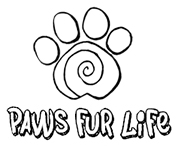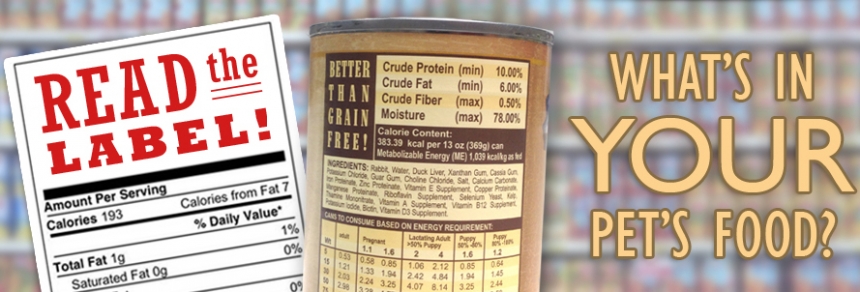Do you know what is in your dog’s food?
Like all well meaning paw parents, our dogs have been eating commercial pet food (mainly kibble) all their lives. It was not until we started researching more on the ingredients in pet food that we decided to home cook for our dogs using fresh human grade ingredients. For many other paw parents who are feeding their dogs commercial pet food, it is really useful if we could learn to read some of the labels and ingredients list, and not let the attractive packaging and advertisement influence our purchasing decision. Here are some pointers we learnt in our canine nutrition course which we would like to share:
Ingredients are listed in order of weight or volume, so look out for the positioning of the ingredients.
- Use the salt marker, i.e. any ingredient that is listed after salt or sodium chloride will contain less than 1% of the total ingredients. For e.g. if carrots and apples are listed after salt, there will be an almost insignificant amount of carrots and apples present in the bag of dog food.
- Note the dilution factor, i.e. if the ingredient list says chicken, corn, wheat, rice and cornmeal, the volume of chicken might the same as corn but will be less than all the grains combined (i.e. corn, wheat, rice, cornmeal). This means that the food contains more grains than meat.
- Try to avoid ingredients containing soy or corn as more than 90% of soybeans and more than 50% of the corn grown in the United States are genetically modified.
- Avoid ingredients containing the following:
- Sodium sulphite or sulphur dioxide as preservatives (sulfite destroys vitamin B1).
- Cellulose gum/guar gum (used as binding agents)
- Ethoxyquinn (a synthetic antioxidant which keeps fats from turning rancid and can be a carcinogen or cancer causing), BHA, BHT
- Artificial dyes or colours (red 3, red 40, yellow 5, yellow 6, red 40, blue 2) added to make the meats look more yummy. Do our dogs really care what colour the food is?
- Iron oxide ( a synthetic colour addictive used to impart a reddish color to food, also known as iron rust)
- Synthetic flavourings like phosphoric acid, beef digest, poultry digest
- Yuca (for odor control)
Some of the ingredients above are also present in quantities in human foods which are safe for consumption but we do not eat the same foods everyday like our dogs do. So the next time you pick up a bag of dog food, take some time to read the label and ingredients. Alternatively, try home cooking for your dogs. We did just that and now our dogs enjoy every single meal time. Paws Fur Life provides dogs with an alternative to commercial diets by creating healthy treats and wholesome meals using human grade ingredients, with no preservatives, artificial colouring or flavouring. Our canine nutrition specialist can whip up a meal to suit your dog’s dietary needs. Check out our website www.pawsfurlife.com for more details or drop us an email pawsfurlife@yahoo.com
Paws Fur Life, canine massage & nutrition. A healthy dog is a happy dog!



